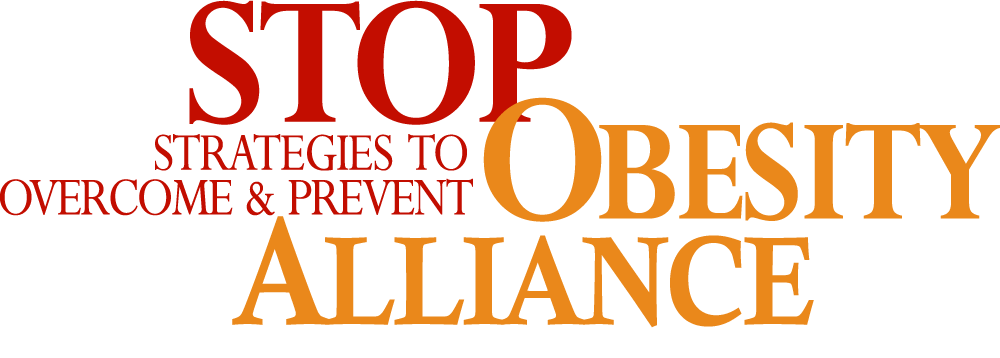Employers are among the stakeholders with the most to gain from policies that foster healthy weight management. Self-reported data from the 2004-2011 National Health Interview Survey indicated that 35 million U.S. workers—one-fourth of the American workforce—were affected by obesity, but this estimate likely underestimated the true disease prevalence. Estimates using measured heights and weights from the 2015-2016 National Health & Nutrition Examination Survey indicated that 38 percent of men and 41 percent of women aged 20 years and older had obesity. While these data have spurred some employers to incorporate workplace wellness programs and policies (WWPs) as basic investments in human capital, many businesses remain skeptical of their value.
On October 19th, the Senate Health, Education, Labor, and Pensions (HELP) Committee held a hearing on improving health outcomes and reducing healthcare costs through WWPs. Witnesses from the Cleveland Clinic’s Employee Health Plan and Safeway’s Healthy Measures Program offered compelling evidence that well designed WWPs are viable public health tools that can significantly reduce obesity prevalence and bend cost curves. Poorly designed programs can be stigmatizing and suffer from high dropout and low participation rates (see our recent blog on WWPs from the Redstone Global Center for Prevention and Wellness).
Maintaining high participant engagement in WWPs is challenging. When it comes to weight management, behavioral economicshighlight the complexity of establishing effective incentives and suggests that rewards alone – like discounted premiums or free fitness trackers– are not sufficient to generate significant weight loss among participants with obesity. WWPs are likely to have a greater impact on obesity measures when other health-related policies in the workplace—offering high-value health plans, requiring healthy food vendors, promoting and implementing time to exercise or attend health programs—are coupled with broader organizational policies (e.g. flexible scheduling) and state/local policies. Private-sector employers looking for guidance may be able to model policies after existing legislation and programs in their states. For example, Arkansas Act 724 authorizes the Arkansas Healthy Employee Lifestyle Program and allows state employees three days of annual paid leave to participate in free worksite wellness programs. Through the Healthiest Maryland Businesses Program, regional coordinators generate grassroots support and provide technical expertise for Maryland businesses committed to launching or improving an employee wellness program.
As a founding member of Employee Wellbeing Month, STOP remains committed to spotlighting the workplace’s role in creating healthy employees. Combating and reversing the obesity epidemic will require a coordinated, multi-faceted effort from individuals, organizations, and government—see the My Healthy Weight Pledge (highlighted below) for a recent example of collaborative action. WWPs are only one piece of this movement, but their historic role in innovation emphasizes their potential role as major catalysts for change.
Workplace Policy Approaches to Obesity Prevention & Control
December 1, 2017


